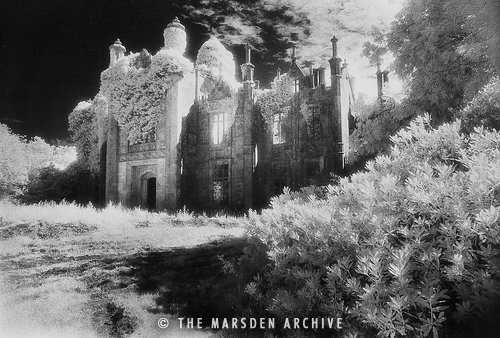motiwala
Leading Member
- Messages
- 627
- Solutions
- 1
- Reaction score
- 322
With all due respect, I tried liking it but I couldn't. I then tried appreciating other 'infrared pro' photographers work but even those I didn't like. Personally, those infrared photos appear unnatural to me. Some photos even looks like that someone badly messed up with HSB controls in photoshop.
Maybe I saw some bad work. So if you are an infrared photography lover, can you explain what do you like about it and may be share some infrared pictures which looks better than normal pictures.
Thanks
Maybe I saw some bad work. So if you are an infrared photography lover, can you explain what do you like about it and may be share some infrared pictures which looks better than normal pictures.
Thanks











